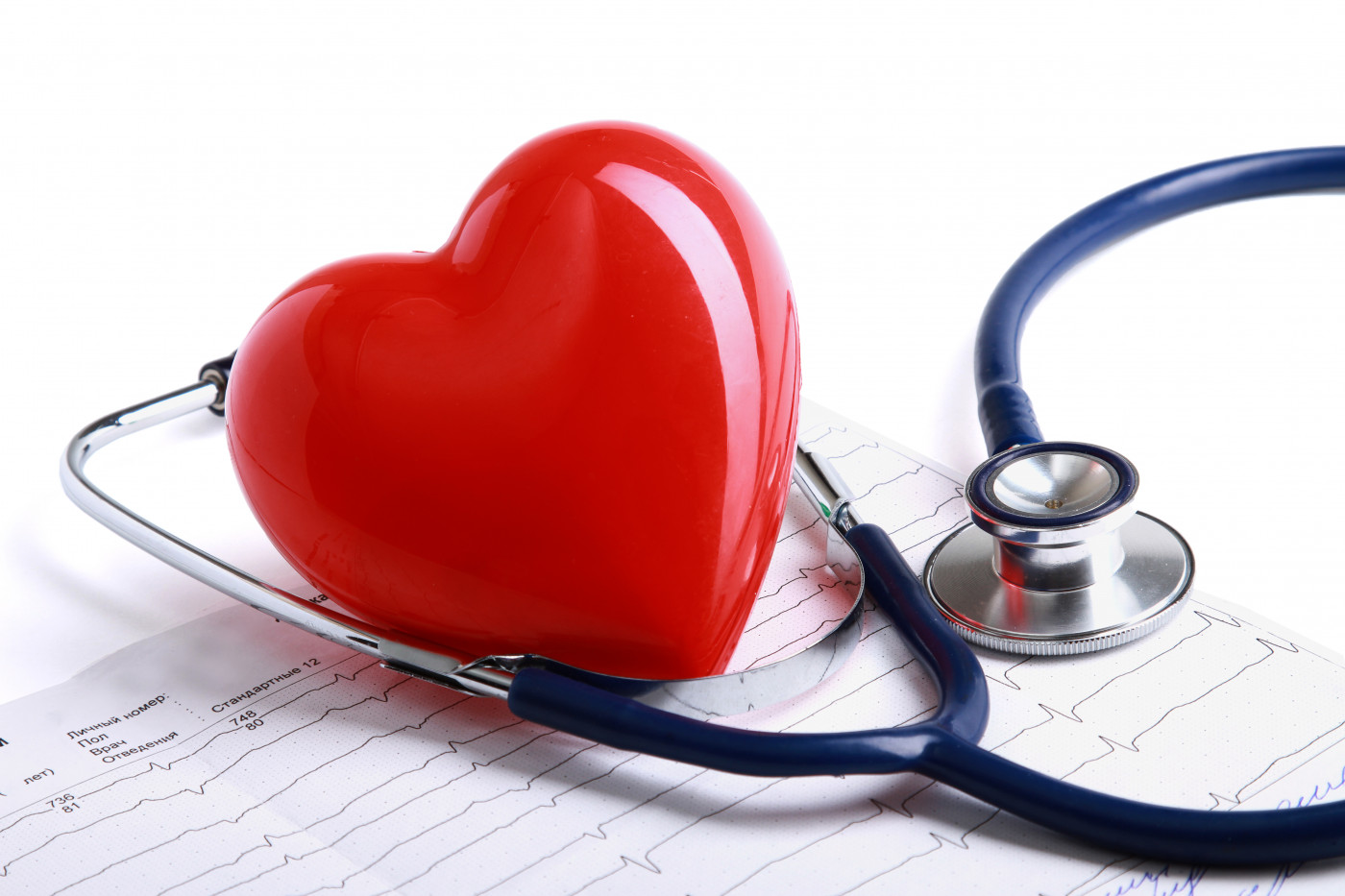Burden of Cardiac Arrhythmias Increasing in Sarcoidosis Patients, US Study Reports

Cardiac arrhythmias are increasing among sarcoidosis patients, and they are linked with higher hospital admission and mortality rates, a U.S. patient population study finds.
These results, published in the study, “The burden of cardiac arrhythmias in sarcoidosis: a population-based inpatient analysis,” highlight the need for timely diagnosis and management of arrhythmias among sarcoidosis patients. It appeared in the journal Annals of Translational Medicine.
In the U.S., cardiac problems — most frequently arrhythmias (irregular heartbeat) and heart blockage — account for 10-25 percent of deaths in sarcoidosis patients. A recent study found that, in a group of 73 patients with cardiac sarcoidosis, 86.4 percent developed an arrhythmia. Moreover, some studies have reported sarcoidosis affecting only the heart, without any involvement of other organs, in several patients.
There are currently no clear guidelines for diagnosing cardiac sarcoidosis, which means it remains largely undiagnosed.
“Because of these reasons, cardiac sarcoidosis is an under-recognized entity, which is unfortunate because [it] is readily treatable with corticosteroids, and early diagnosis and treatment may prevent further progression and complications,” the researchers wrote.
These researchers evaluated the burden of arrhythmias in hospitalized sarcoidosis patients in the U.S. by analyzing the National Inpatient Sample (NIS) database — the largest all-payer database that includes Medicare, Medicaid, private insurance, and uninsured hospitalized patients in the U.S. — from 2010 to 2014. Specifically, the analysis focused on diagnoses of sarcoidosis, arrhythmia, and other coexisting conditions.
Researchers identified 369,285 sarcoidosis-related hospitalizations, with 20% of them (73,424) associated with arrhythmias.
Results showed that patients older than 60 were at a higher risk of developing arrhythmias. Although sarcoidosis is more prevalent in females, male patients had higher incidence of arrhythmias (22.5%) than females (18.5%). Among the different types of arrhythmias, atrial fibrillation was the most common, occurring in 10.97%, followed by ventricular tachycardia in 1.97%.
Overall, arrhythmias, regardless of subtype, co-occurring with sarcoidosis, increased the in-hospital mortality rates by 2%, with atrial fibrillation linked with the highest incidence.
Compared with patients who did not have arrhythmias, sarcoidosis arrhythmia patients had significantly higher mortality rates (1.5% vs. 3.7%), longer mean length of hospital stay (5.2 vs. 6.4 days), and higher hospital charges ($41,565 vs. $64,118).
Hypertension was the most common condition in both non-arrhythmic and arrhythmic patients — 64.6% and 58.1%. The latter group had higher incidence of other coexisting conditions, such as chronic pulmonary disease, diabetes, and congestive heart failure.
“The rising prevalence, hospitalizations, and mortality associated with the arrhythmias in sarcoidosis highlight the importance of heightened surveillance in these patients,” the team concluded.






